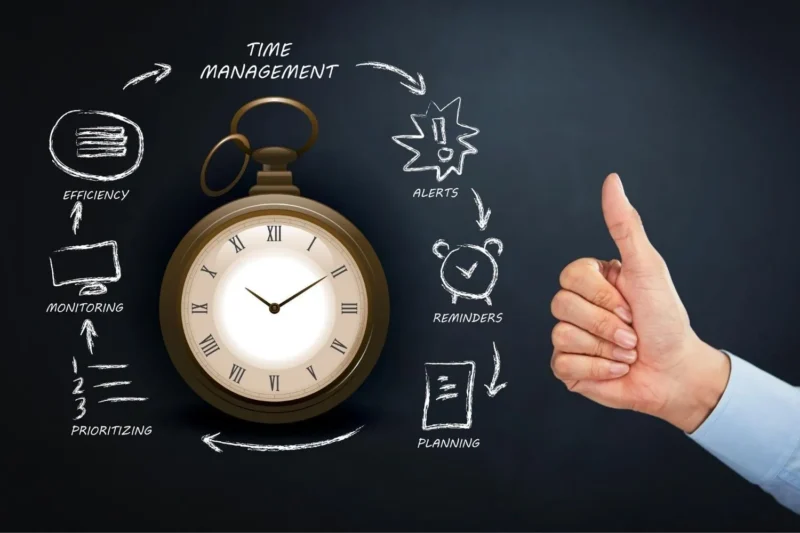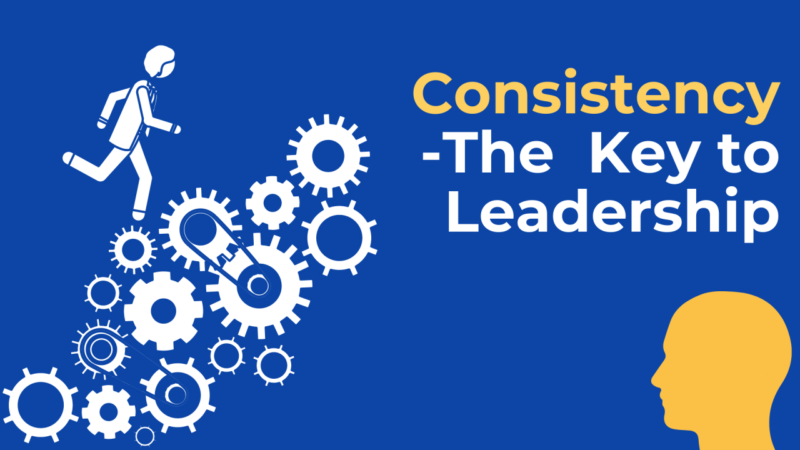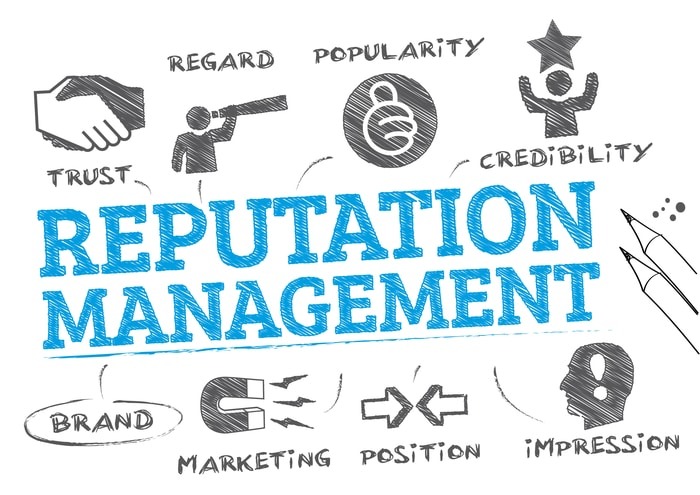Mastering Time and Expense Tracking: Tips for Business Success
In the dynamic landscape of modern business, agility is paramount. Two core elements that dictate this agility are time and expenses. To navigate this successfully, we must delve deep into mastering these components.
The Essence of Time Tracking

Time tracking is not just about counting hours. It serves as a beacon for resource optimization. By understanding where time is spent, businesses can identify bottlenecks and distribute resources more effectively. Furthermore, it enhances accountability among team members, leading to increased productivity and motivation. Additionally, by gauging how long tasks usually take, businesses can make more accurate project timeline predictions with Time and Expense Tracking Software.
The Art of Expense Tracking
Keeping a keen eye on expenses offers multiple benefits. Real-time monitoring ensures businesses stay within their budget, fostering financial stability. It also serves as a vigilant guard against fraud, allowing businesses to quickly identify and address unauthorized expenses. By understanding both historical and current expenses, businesses can also project future financial needs more accurately.
Perfecting Time Tracking
Choosing the right tool tailored to your business’s specific needs is the first step towards effective time tracking. However, tools alone won’t suffice. It’s vital to educate the entire team on the significance and process of time tracking. Moreover, a continuous effort should be made to review and refine time logs, ensuring accuracy and relevance.
Mastering Expense Tracking

A successful expense tracking system hinges on centralized reporting. Every expense, no matter how minor, should be documented in a unified system. Establishing clear policies on what constitutes an acceptable expense and the kind of documentation required is equally important. Moreover, regular audits should be in place to ensure adherence to these policies and to catch any potential discrepancies.
Bridging Time and Expenses
The power of data lies in its synthesis. By integrating time and expense data, businesses can bill clients more accurately, ensuring every hour and resource is accounted for. Such integrated data also enables the generation of comprehensive reports, shedding light on the correlation between hours worked and expenses incurred. This holistic view aids in making informed business decisions.
Cultivating Success in Time and Expense Tracking
Success in any endeavor, especially in processes as integral as time and expense tracking, isn’t achieved overnight. It demands a methodical approach, clarity in communication, and the right tools. Here, we expand on the critical components of cultivating success in this domain.
The Power of Consistency

The first and foremost ingredient in this recipe for success is consistency. It isn’t just about ensuring accuracy; it’s about building a rhythm and routine that everyone adheres to. When there’s uniformity in how every team member tracks time and expenses, it significantly reduces discrepancies, making subsequent data analysis and reporting more reliable.
But why is consistency so vital? Because inconsistency not only muddles the data but also hampers trust. If team members observe variances in how tracking is approached, they may perceive the system as unreliable or inequitable, ultimately undermining the entire effort.
Building a Transparent Culture
Transparency serves as the bedrock upon which successful systems are built. When employees understand the ‘why’ behind the processes, their commitment to the ‘how’ becomes stronger. It’s essential to regularly communicate the larger goals of tracking—whether it’s improving resource allocation, billing clients accurately, or forecasting future business needs.
A transparent culture also encourages open dialogue. When employees feel they can voice concerns or provide feedback about the tracking process, it paves the way for continuous improvement. It also fosters a sense of ownership, as everyone begins to view themselves as stakeholders in the success of the system.
Leveraging Modern Technology
In the digital age, technology is a formidable ally. Traditional, manual tracking methods are prone to errors and can be time-consuming. Modern tracking tools, on the other hand, offer features like automation, real-time data synchronization, cloud storage, and mobile access. These not only streamline the process but also enhance its accuracy.
When choosing a technological tool, it’s paramount to ensure its user-friendliness. A tool that’s difficult to navigate or overly complex can deter consistent usage. The goal should be to find a balance between a tool that’s feature-rich yet intuitive.
Feedback: The Continuous Catalyst for Improvement

The journey to mastering time and expense tracking is an ongoing one. Regular feedback loops serve as checkpoints to gauge progress and areas of improvement. Sharing data insights with the team can be enlightening. It showcases the tangible results of their diligent tracking—like how it positively impacts project timelines or the company’s bottom line.
Moreover, feedback shouldn’t be a one-way street. Encouraging team members to share their experiences, challenges, and suggestions with the system can unveil opportunities for refinement. This collaborative approach not only enhances the system’s efficiency but also reinforces the ethos of collective responsibility.
In conclusion, while the mechanics of time and expense tracking might seem straightforward, cultivating success in this realm demands more than just diligent logging. It’s about fostering a culture, embracing technology, and maintaining a continuous dialogue—all geared towards a shared vision of business excellence.
Navigating Challenges
Resistance to change, especially when introducing tracking mechanisms, is natural. Addressing concerns by highlighting the broader business benefits can help alleviate reservations. With vast amounts of data, there’s also a risk of becoming overwhelmed. Hence, refining tracking parameters periodically is essential. And always remain adaptable—if a tool isn’t meeting needs, be ready to switch.
FAQs
What are the benefits of using digital tools for time and expense tracking over manual methods?
Digital tools offer several advantages over manual methods:
Automation: Digital tools can automatically log time or import expenses from linked accounts, reducing the chance of human error.
Real-time Access: Cloud-based tools allow for real-time updates and access from anywhere, ensuring that data is always current.
Integration: Many digital tools can integrate with other business software, streamlining processes and reducing redundancy.
Analytics: Advanced tools provide analytics, offering insights that manual methods might overlook.
How can I ensure my employees adhere to time and expense tracking guidelines?
Creating a culture of accountability is crucial. Regularly communicate the importance of accurate tracking to your team. Incorporate training sessions on using tracking tools effectively, and offer incentives or recognition to those who consistently adhere to guidelines. It’s also important to ensure that the process is as simple and hassle-free as possible to encourage compliance.
Are there industries or businesses where time and expense tracking is more critical?
Time and expense tracking is beneficial for all businesses, but it’s especially crucial for industries with billable hours, like law firms, consulting agencies, and freelancing sectors. Additionally, businesses with tight profit margins or those operating on project-based models can significantly benefit from precise tracking to ensure profitability.
How frequently should I review and adjust our tracking processes?
Regular reviews are key to effective tracking. Initially, monthly reviews can help identify any issues or areas of improvement. As the system stabilizes, quarterly or biannual reviews should suffice. However, always be receptive to feedback from the team, and be prepared to make adjustments as the business evolves.
What should I do if I identify consistent discrepancies in time or expense tracking?
First, identify the root cause. Is it a result of misunderstanding, technical glitches, or deliberate misreporting? Address technical issues promptly with IT support or software vendors. If it’s due to a lack of understanding, additional training might be required. For deliberate misreporting, it’s essential to have clear consequences in place and ensure adherence to company policies.
How do I choose the best time and expense tracking tool for my business?
When selecting a tool, consider your business’s size, nature, and specific needs. Look for tools with user-friendly interfaces, good customer reviews, and robust customer support. It might be beneficial to opt for tools that offer trial periods to test their fit for your operations. Ensure the tool can scale with your business and can integrate with other software you use.
Preparing for Tomorrow

The future is an ever-changing tapestry. By staying updated with the latest advancements in time and expense tracking technology and methodologies, businesses can stay ahead of the curve, ensuring processes are always optimized.
In summation, time and expense tracking transcends mere administrative tasks. They form a strategic core that, when harnessed effectively, can supercharge business operations and drive growth.


